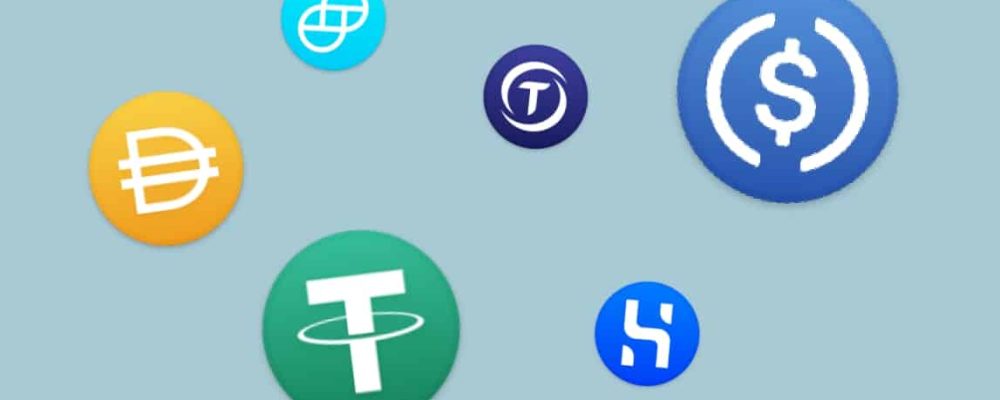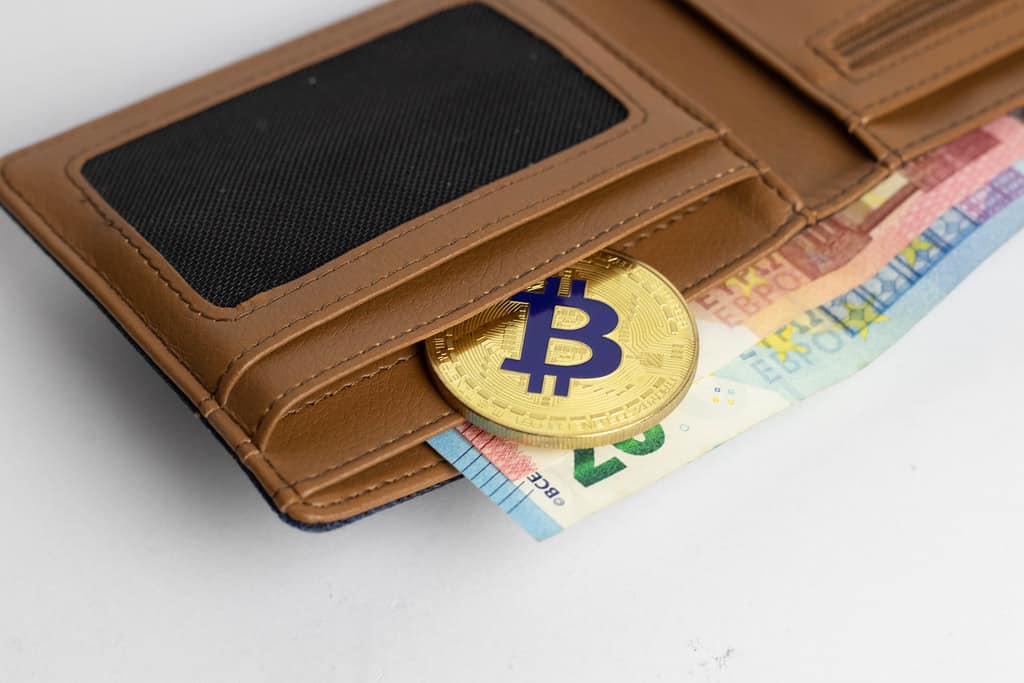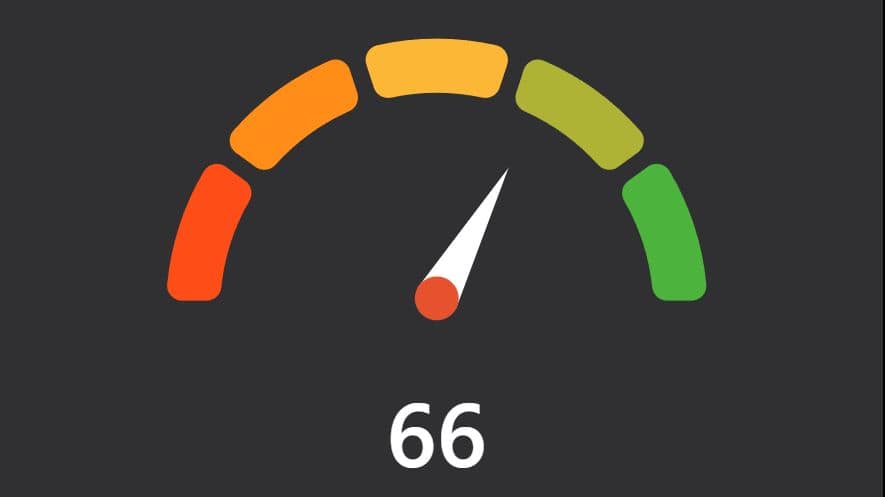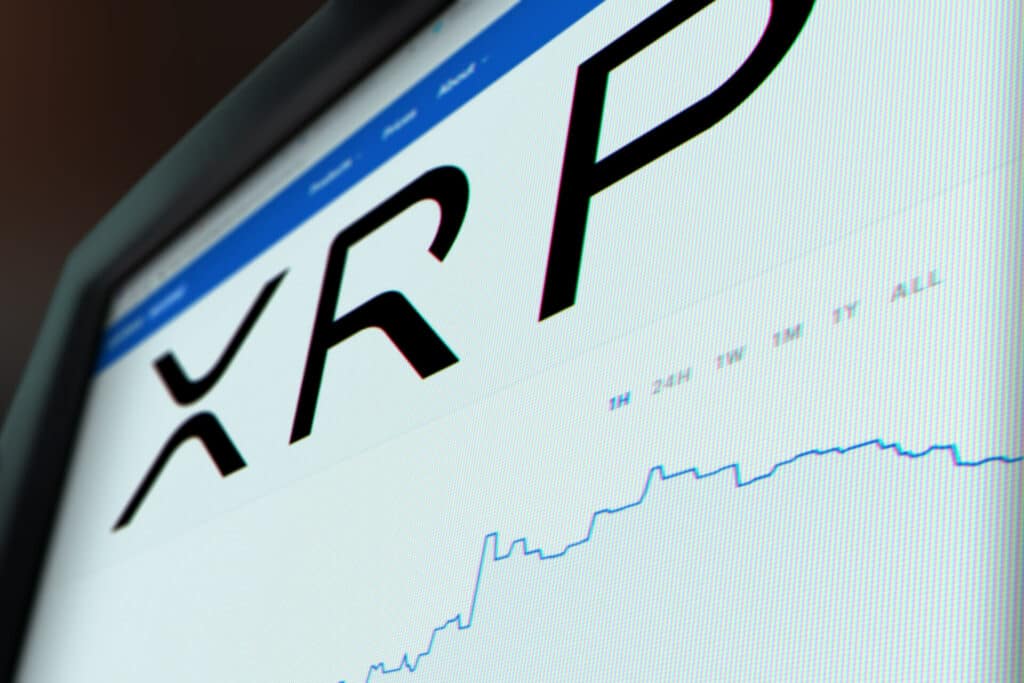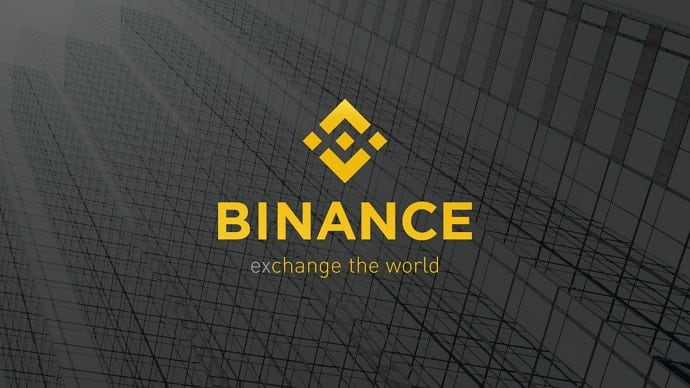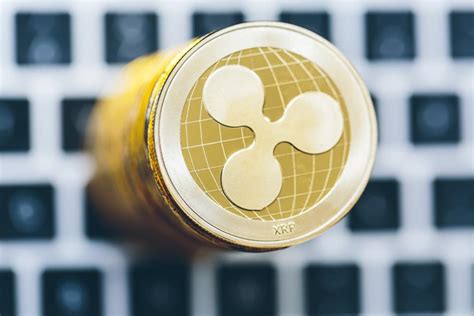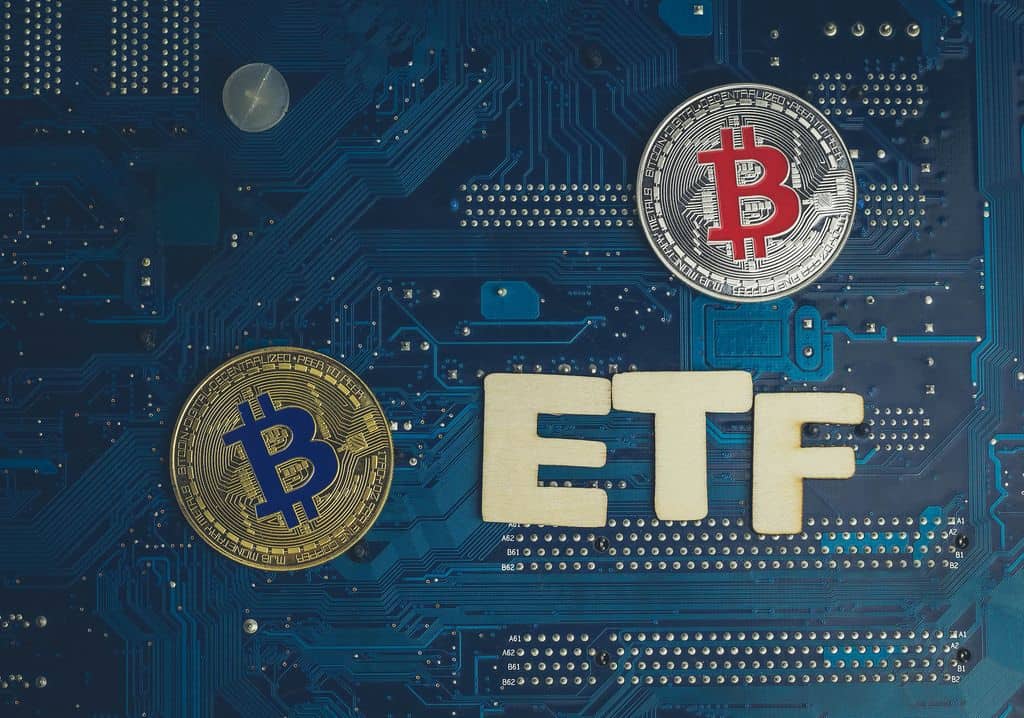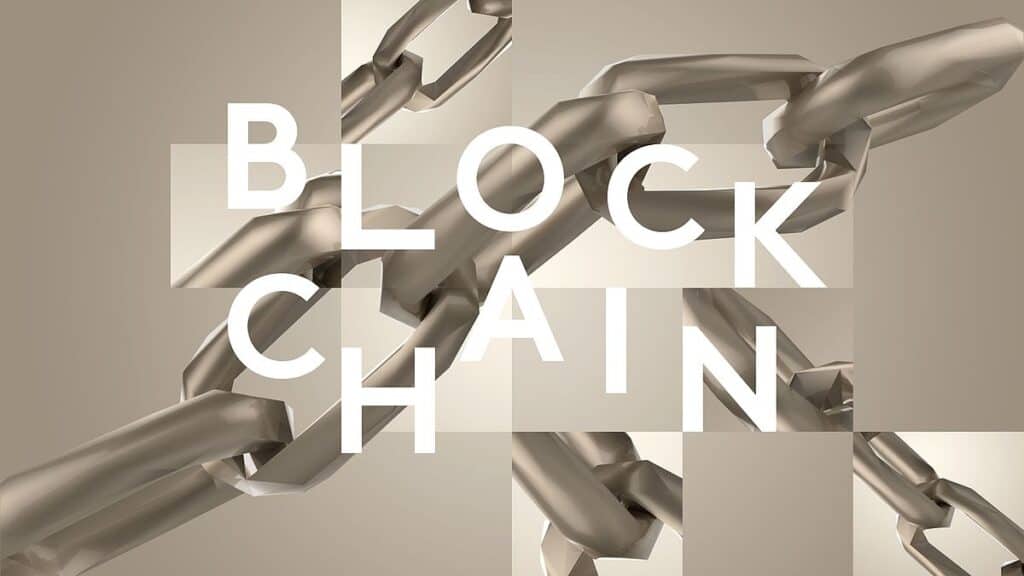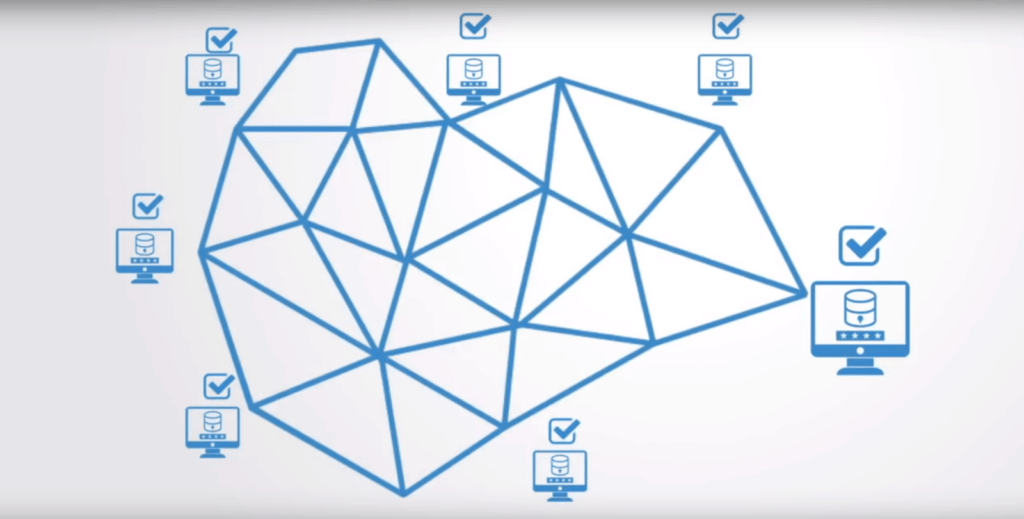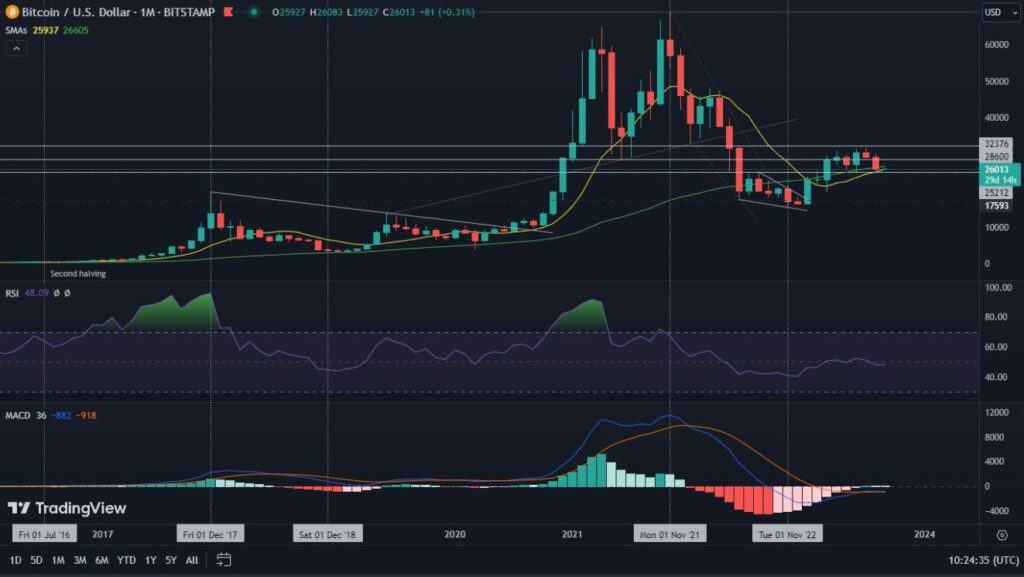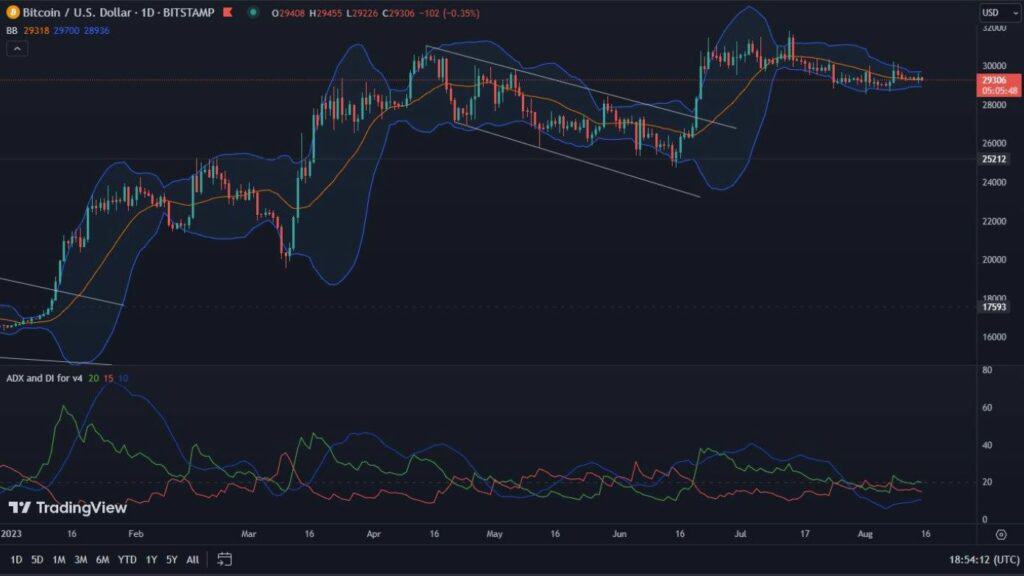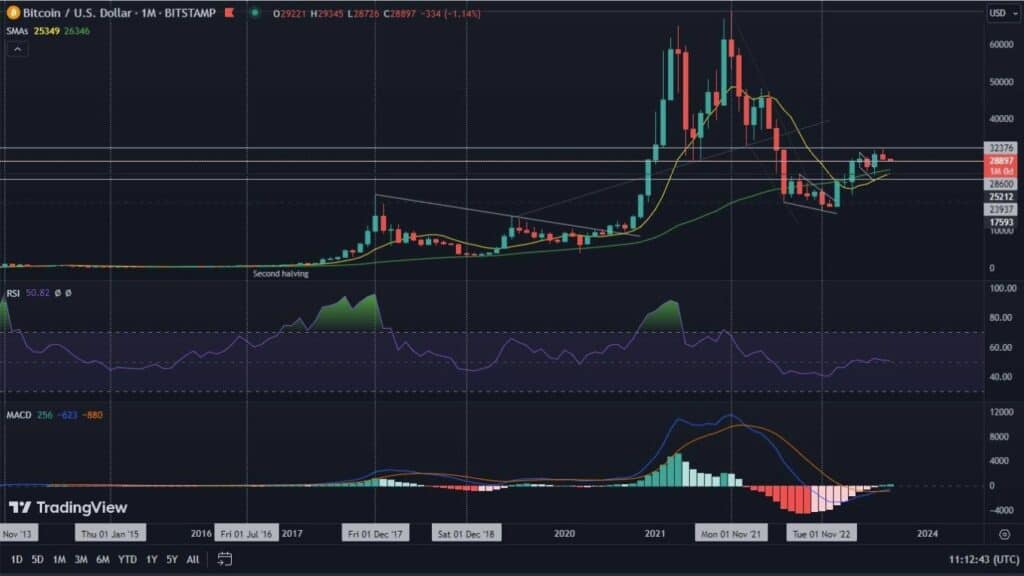The US Federal Reserve Banks are warning of a new potential source of financial instability. According to their representatives, stablecoins, such as Tether (USDT) and USD Coin (USDC), are gaining popularity but their growth is associated with risks. For this reason, a special report has been published.
Weakness of stablecoins
Stablecoins are seen as digital equivalents to traditional currencies, linked most often to the price of the dollar. But a new study by the Federal Reserve Banks casts a shadow of uncertainty over their stability, as well as their impact on the global financial system.
The report, titled “The New Financial Order: Can Stablecoins Destabilize the System?” brings a comprehensive comparison between investor behavior for stablecoins and traditional money market funds. Interestingly, it turns out that stablecoins and money market funds behave similarly during runs, or massive withdrawals of capital.
“Our research has shown that stablecoins are susceptible to runs during periods of cryptocurrency market crises and during unexpected stressful events. If they continue to gain popularity and tie more closely to key financial markets, such as the short-term funding market, they could become a potential source of financial instability for the global financial system.” – experts warn.
Danger point
One of the key points of the report is the identification of a “break-the-buck threshold” of $0.99, below which stablecoins become particularly risky. When the value of stablecoins falls below this threshold, it can trigger a mass withdrawal of investors, which in extreme cases can lead to a financial crisis.
It is worth noting that a similar “break-the-buck” threshold also exists for traditional money market funds. When a fund’s net asset value falls below one dollar, investors can begin to withdraw their funds en masse, leading to a decline in the value of holdings.
UST an example of market destabilization
The U.S. Federal Reserve Banks report has not gone unnoticed internationally. Italy’s central bank has also taken steps to understand and control the risks associated with stablecoins. The recent collapse of Terra Luna in 2022, which was linked to stablecoin UST, was an example for Italy of how these coins can lose their value.
As a result, the Italian banking authority is urging global lawmakers to create an international regulatory institution to oversee cryptocurrencies, stablecoins and related technologies. This is in response to the growing importance of these digital assets in the global financial system.
However, it is worth mentioning that UST was an algorithmic stablecoin, meaning that its collateral was primarily based on other digital currencies. Moreover, the collapse of UST, as well as the Terra Luna project, did not affect traditional financial markets. This means that these risks are not as glaring as the report might suggest.

